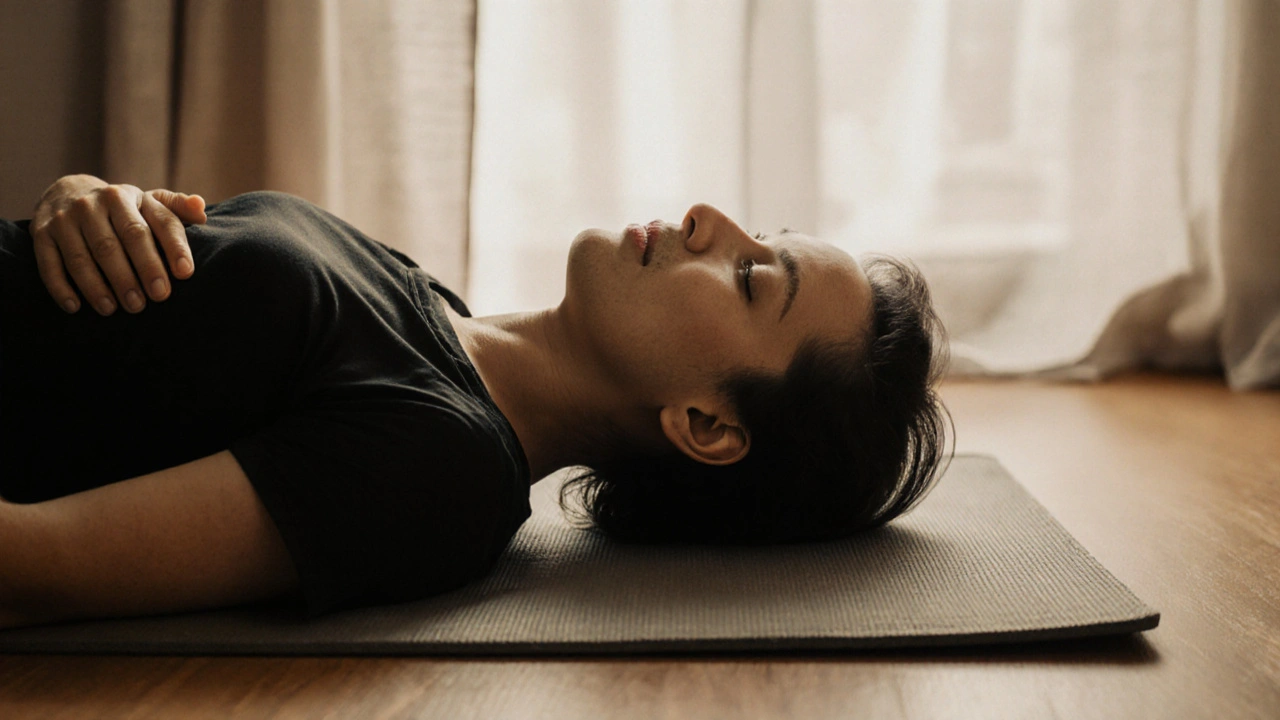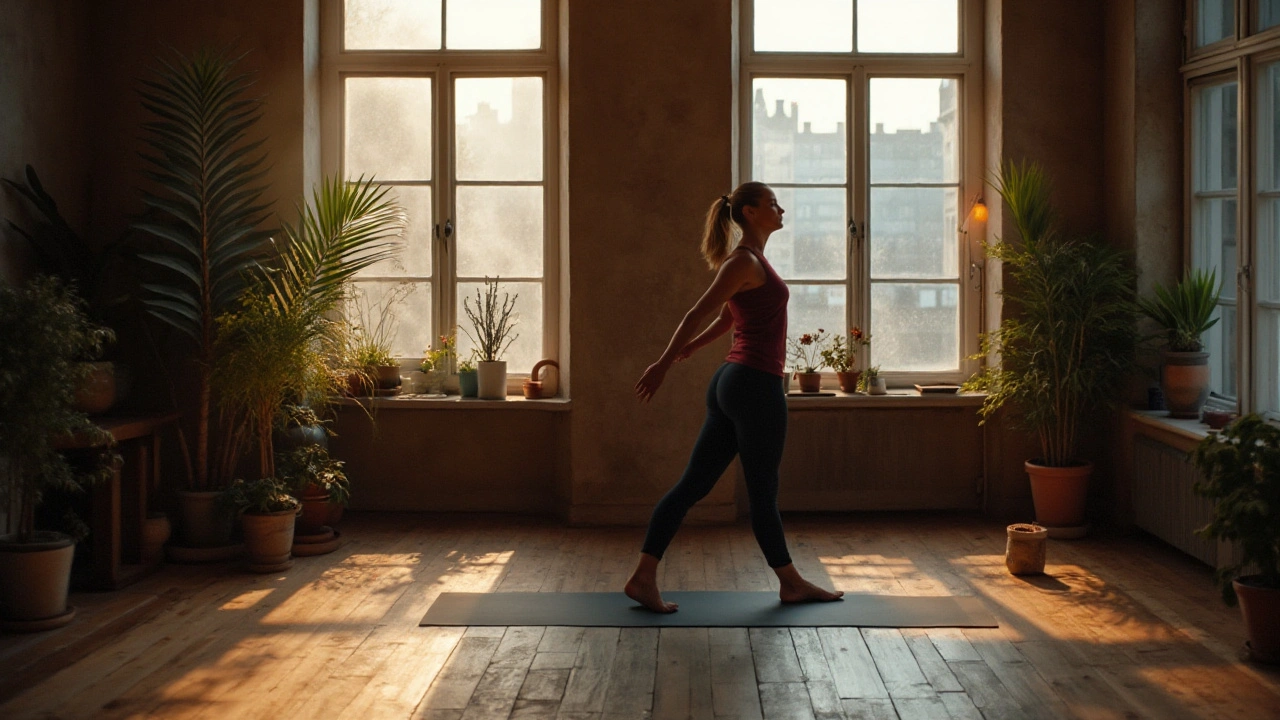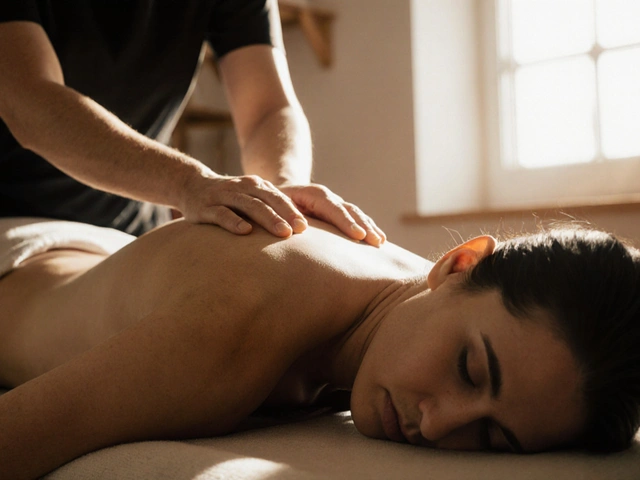Body Awareness: Simple Practices to Reduce Pain and Move Better
You can change how your body feels by changing how you notice it. A tiny shift in attention — where you breathe, how you stand, or how your shoulders move — often gives fast relief. This page shows clear, short practices you can use right now and points to therapies that deepen body awareness over time.
Quick Body Awareness Practices
Start with your breath. Sit or stand comfortably and take three slow breaths. Notice where you feel the air: chest, belly, or throat. That simple check resets your nervous system and brings your attention into the body.
Try a 5-minute body scan. Close your eyes and move attention from your feet to your head. Pause at any spot that feels tight, heavy, or numb. Breathe into that spot without forcing it. This helps you find hidden tension and invites gentle release.
Move slowly and watch. Pick one common action — reaching for a cup, standing up, or turning to look — and do it at half speed. Pay attention to where you feel effort or pull. Slowing down teaches safer movement patterns and reduces strain.
Use micro-checks through the day. Every hour, ask: Are my shoulders up? Is my jaw tight? Am I holding my breath? These two-second checks build awareness without disrupting your routine.
How Therapies on this Site Help
Some therapies focus on restoring natural movement. Feldenkrais training teaches tiny, mindful moves that change how your brain and body coordinate. Read our Feldenkrais articles for simple lessons to use with yoga or daily life.
Hellerwork and Rolfing work on posture and alignment. They can change how you hold yourself so you stop feeding chronic pain. If posture or long-standing pain is your issue, those pieces explain what to expect from sessions.
Ortho-Bionomy and gentle bodywork like Esalen or Lomi Lomi use soft touch and guided movement to help your body self-correct. These are low-force options when deep pressure hurts or makes things worse.
Trigger point and acupressure tips help target tight spots you can work on at home. We have practical guides that show where to press, how long, and how often.
When to see a pro? If pain limits daily tasks, gets worse, or follows an injury, book a qualified therapist or a medical check. Use body-awareness practices first for minor aches. For persistent or sharp pain, pair self-work with expert care.
Try one practice today: a two-minute breath check, a 5-minute slow movement, or a 60-second scan. Keep it simple and repeat it. Small, regular steps build real change. If you want guided reads, check the site posts on Feldenkrais, Ortho-Bionomy, Hellerwork, and trigger point massage for step-by-step help.

Enhance Your Life with Feldenkrais Training: Move Better, Feel Lighter
Feldenkrais training helps you move better and feel less pain by retraining your brain through gentle, mindful movement-not strength or stretching. Learn how it works, who benefits, and how to start.

Breema: The Art of Being Present in Everyday Life
This article breaks down Breema, a simple yet powerful practice focused on being present. It explains how Breema works, the principles behind it, and practical ways to fit it into a busy life. You’ll find real tips to help you deal with stress and reconnect with yourself. This is not about fancy retreats or strict routines—Breema can be as straightforward as paying attention to how you stand or breathe. If you want practical tools for deeper relaxation and clarity, this guide covers the essentials and then some.

How Ortho-Bionomy Can Change Your Life
Ortho-Bionomy is a gentle, non-invasive approach to bodywork that can help relieve pain and improve body awareness. It focuses on the body's own ability to heal itself, using simple positions and movements. This approach is particularly effective for those dealing with chronic pain, stress, and mobility issues. If you're looking for a way to support your body's natural healing process, Ortho-Bionomy might just be the answer.

Unlocking the Benefits of Feldenkrais Method Training
Feldenkrais training offers a unique approach to enhancing body awareness and movement. By focusing on gentle exercises and mindfulness, it helps improve both physical and mental wellbeing. Discover how this method contributes to better posture, pain relief, and flexibility, while also fostering a deeper connection with one's body. Ideal for those seeking alternative therapies, Feldenkrais provides long-term benefits without invasive treatments.
Categories
- Health and Wellness (148)
- Alternative Therapies (86)
- Massage Therapy (40)
- Travel and Culture (15)
- Beauty and Skincare (9)
- Holistic Health (8)
- Health and Fitness (5)
- Spirituality (5)
- Other (2)
- Personal Development (2)
Popular Articles



